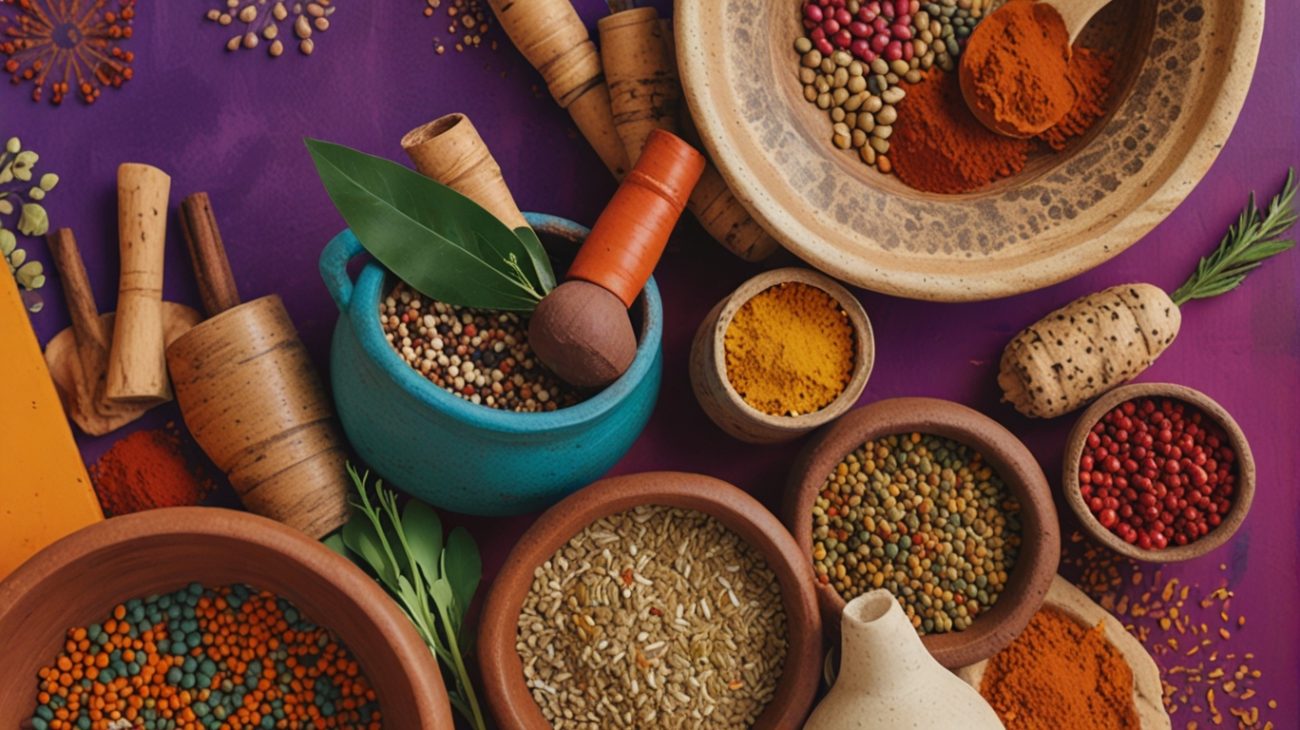Ancient Indian cuisine, a vibrant tapestry woven with diverse ingredients and culinary practices, has roots stretching back thousands of years. The origins of many traditional Indian dishes and ingredients are deeply intertwined with the subcontinent’s history, geography, and cultural exchanges.
Origins of Ancient Indian Dishes
- Lentil-Based Dishes: The use of lentils (dal) is a cornerstone of Indian cuisine, with evidence of lentil cultivation dating back to the Indus Valley Civilization (circa 3300–1300 BCE). Lentil stews and soups were staple foods, providing essential protein in a predominantly vegetarian diet.
- Rice and Wheat: Rice, believed to have been cultivated around 5000 BCE in the Ganges plains, became a dietary staple in Eastern and Southern India. Wheat, on the other hand, was more prevalent in the Northwestern regions, contributing to the development of bread-like dishes such as chapati and naan.
- Spiced Foods: The use of spices in Indian cooking can be traced back to ancient times. Black pepper, turmeric, and cardamom were traded extensively, with turmeric and black pepper being integral to medicinal and culinary practices. These spices were often used in combination to create complex flavors and were also part of ancient Ayurvedic traditions.
Ingredients with Ancient Roots
- Spices: The Indian subcontinent is often referred to as the “Land of Spices.” Cinnamon from Sri Lanka, cloves from the Maluku Islands, and black pepper from Kerala were some of the earliest spices to be traded and used extensively in ancient Indian cooking.
- Vegetables and Fruits: Ancient texts mention a variety of vegetables like eggplants, pumpkins, and gourds. The mango, native to India, has been cultivated for over 4,000 years and is celebrated in Indian literature and art.
- Dairy Products: Dairy farming dates back to the Vedic period (1500–500 BCE). Milk and its derivatives like yogurt, butter, and ghee were crucial components of the diet, used in both cooking and religious rituals.
Cultural and Historical Influences
The culinary practices of ancient India were significantly influenced by various invasions and trade interactions. For instance, the introduction of saffron by Persian traders and the arrival of chilies, tomatoes, and potatoes with the Portuguese significantly transformed Indian cuisine.
Conclusion
The depth and variety of ancient Indian cuisine reflect a blend of indigenous practices and external influences, creating a rich culinary heritage that has evolved yet retained its distinctive character through millennia. This historical continuity and adaptability have made ancient Indian cuisine not only a source of nourishment but also a repository of cultural identity.









Leave a Comment